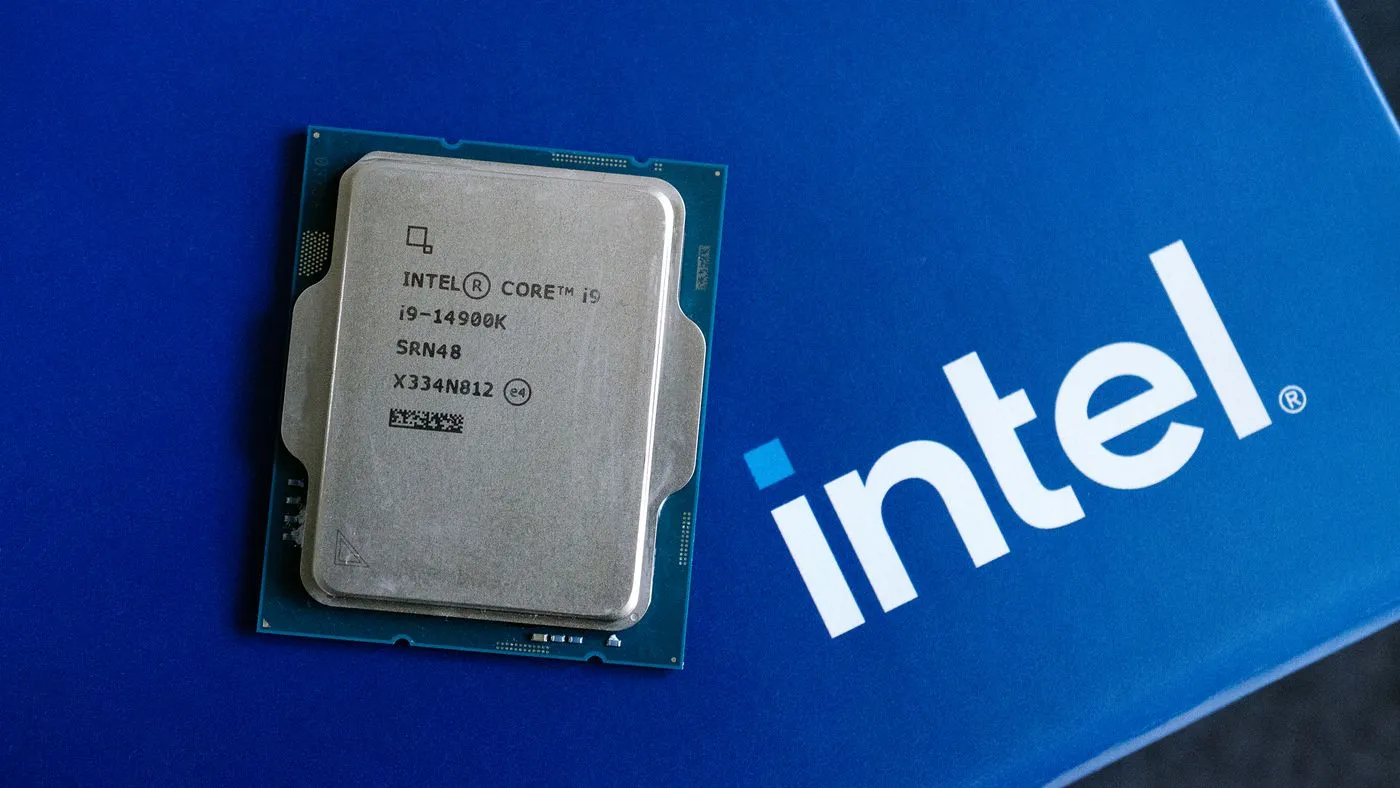Intel Solves Raptor Lake CPU Instability: What You Need To Know

Root Cause of Raptor Lake Instability Explained
Intel's ongoing issues with Raptor Lake CPUs have received a resolution. The Vmin Shift Instability has been pinpointed as the issue behind the frequent crashes experienced by users of the Intel® Core™ 13th and 14th Gen processors. Intel spokesperson Thomas Hannaford confirmed these findings, highlighting that the abnormal performance stemmed from the chip and motherboard drawing excessive voltage.
Mitigation Strategies for Affected Users
Users can resolve the instability concerns by implementing the latest BIOS updates provided by their motherboard manufacturers. Here is a summary of the mitigation steps:
- Motherboard power delivery settings must adhere to Intel's recommended guidelines.
- Addressing the eTVB Microcode algorithm deficiency will enhance stability.
- High-voltage requests affecting operational frequency need periodic software updates.
- Elevated core voltage demands during idle states must be mitigated with firmware upgrades.
Looking Ahead: Intel's Future with Raptor Lake
Although the recent findings aim to stabilize the performance of Raptor Lake CPUs, users experiencing premature aging of their processors are advised to utilize their warranty options. With these critical updates, Intel asserts their commitment to delivering enhanced stability and performance in the hardware that powers modern computing.
This article was prepared using information from open sources in accordance with the principles of Ethical Policy. The editorial team is not responsible for absolute accuracy, as it relies on data from the sources referenced.